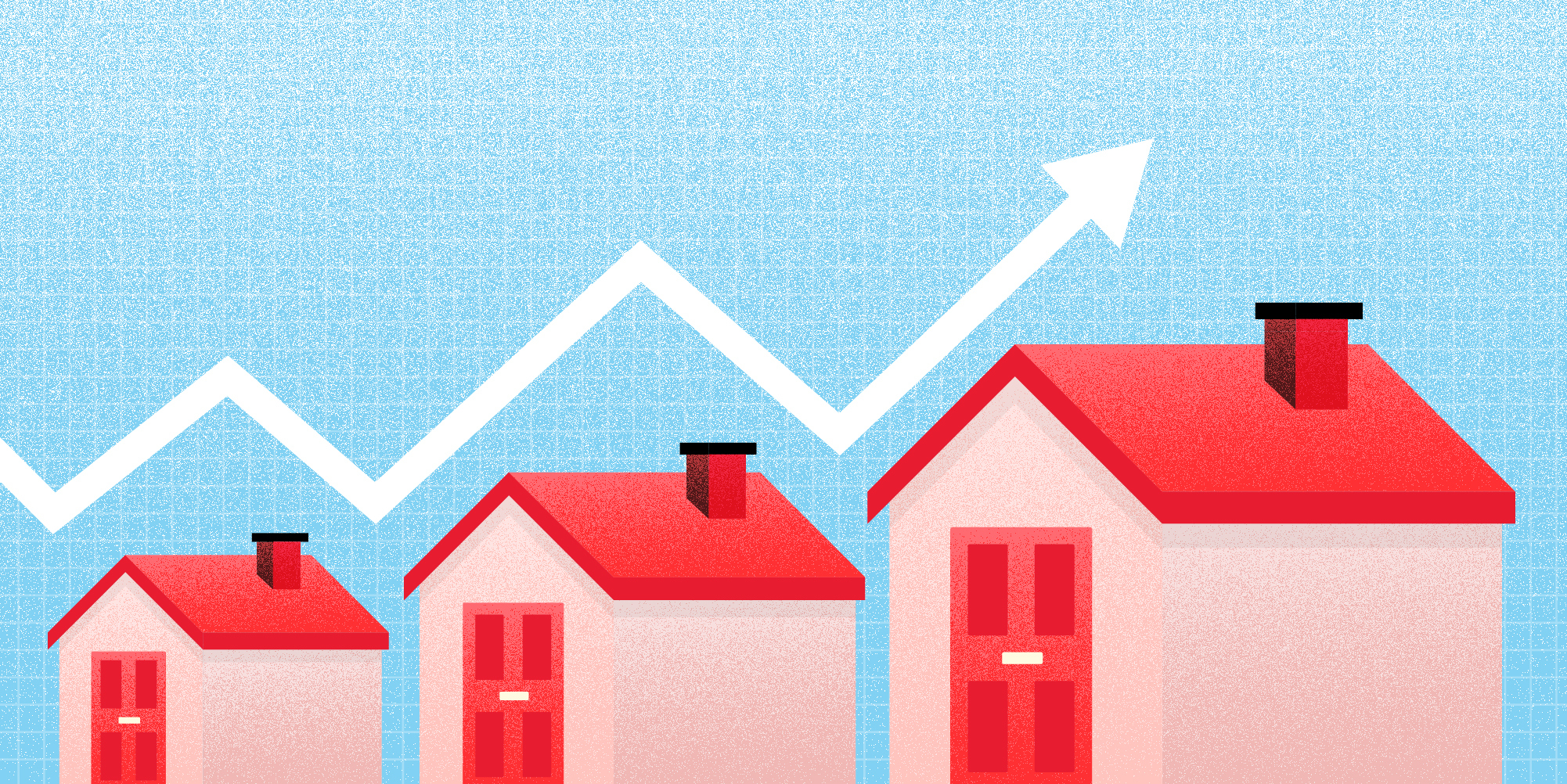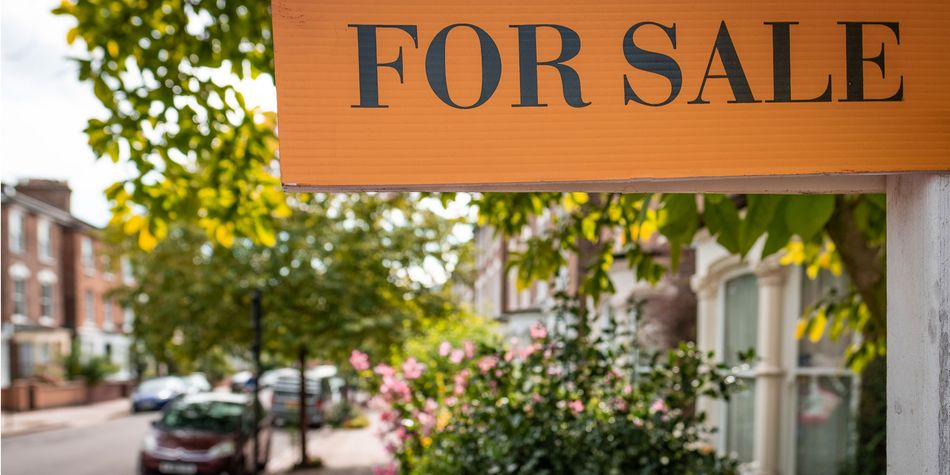Year on year, house prices continue to climb, but the average price dropped slightly for a second consecutive month between September and October.
The latest data from the Land Registry shows an annual rise of 1.7% in the 12 months to October, with the average UK house price now standing at £269,862.
However, average UK house prices fell by 0.1% between September and October, compared with a rise of 0.2% in the same period 12 months ago.
Here, Which? analyses what's happening to house prices according to other indices, including Halifax, Nationwide, Rightmove and Zoopla, explores regional differences, and explains what might come next in 2026.
How have house prices changed?
The Land Registry's UK House Price Index is the most reliable barometer of what's happening to house prices, as it's based on actual property sales rather than asking prices. It works on a two-month lag, so the most recent figures are for October 2025.
The Land Registry says the average price of a property in the UK increased by 1.7% between October 2024 and 2025.
There is a gap of £102,864 between the average price paid by first-time buyers and those who are already on the housing ladder in Great Britain (data isn't available for Northern Ireland):
- First-time buyer £228,231
- Home mover £331,095
Average house prices over time
- Find out more: best mortgage rates. Check how rates compare for first-time buyers, home movers and those looking to remortgage
How do other house price indices compare?
In addition to Land Registry data, several other property price indices provide insight into current house prices.
The portal Rightmove provides the most up-to-date figures, but they're based on asking prices set by sellers rather than confirmed sales. Zoopla's figures are based on sold prices, mortgage valuations and recently agreed sales.
Nationwide and Halifax also publish their own monthly data, based on mortgage lending.
House price changes by region in October 2025
Land Registry data shows it was a mixed bag for average price increases and falls in October, across the UK.
The East of England, North East, North West, South East, West Midlands, were the regions that experienced month-on-month increases, while average house prices in the East Midlands, London, South West and Yorkshire and Humber fell month-on-month.
The North East registered the largest month-on-month increase, with a rise of 1.3%
Northern Ireland registered the greatest annual price change (7.1%). London and the South West are the only regions where the average house price is falling year-on-year.
Source: UK House Price Index, 17 December 2025. Monthly data isn't available for Northern Ireland; figures are released each quarter. Average prices are rounded to the nearest thousand.
How many homes are being sold?
Housing transactions spiked in March as buyers rushed to complete before changes to stamp duty were introduced.
The most recent data from HMRC shows that an estimated 98,450 transactions took place in October 2025, down 2% from the figure in 2024.
The graph below illustrates the fluctuations in numbers over the past three years.
How long does it take to sell a property?
This depends on lots of factors, but broadly speaking, properties have been taking longer to sell due to high mortgage rates.
Rightmove says that sellers are currently taking an average of 70 days to secure a buyer.
What will happen to house prices in 2026?
There's a consensus among experts that house prices will rise next year:
- Rightmove forecasts a rise of 2%.
- Nationwide predicts that they could increase by between 2% and 4%.
- While Halifax believes that 'with market activity steady and expectations of further interest rate reductions to come, we anticipate property prices will continue to grow gradually into 2026.'
Is it possible to get a good mortgage deal?
Mortgage rates continue to fall. The average two-year fixed-rate mortgage was priced at 4.84% on 17 December 2025 compared with 5.52% on 1 February 2025.
Experts forecast that mortgage rates will fall further over the next 12 months, with the Bank of England likely to continue to reduce its base rate.
For the latest information, see our guide on the best mortgage rates, which is updated daily.
If you're approaching the end of your fixed term, our guide on what to do if you need to remortgage offers advice on your options.
Finally, if you're struggling to make your current repayments, see our guide on what to do if you can't pay your mortgage.
This story is regularly updated with the latest house price index figures and expert views. The last update was on 17 December to include the latest Land Registry house price index data.







